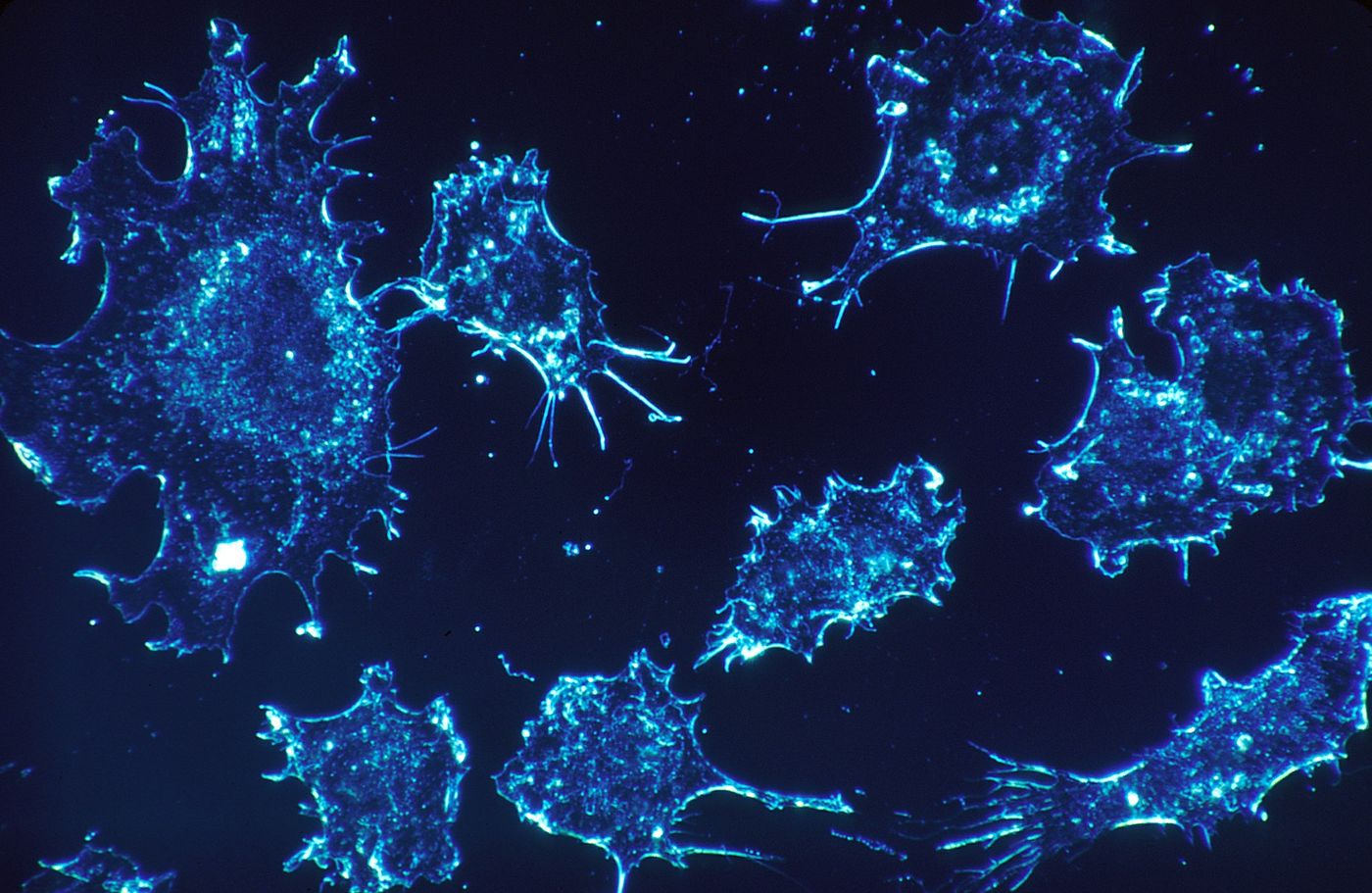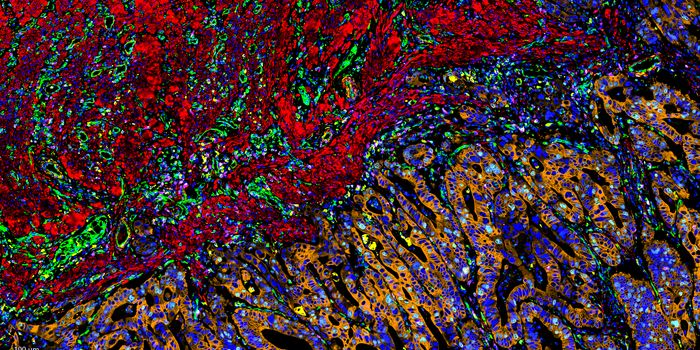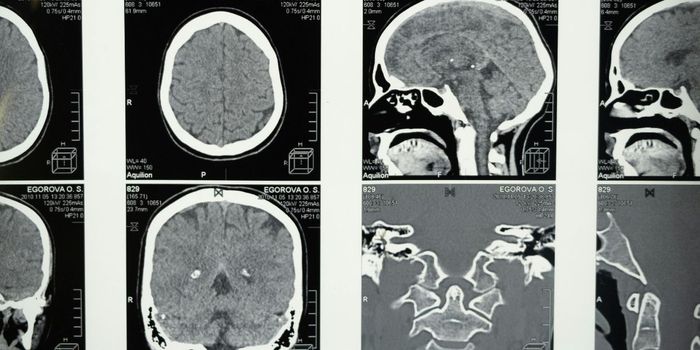Druggable Vulnerability in Cancer Stem-like Cells
With as much as we know and as far as we have come in the field of cancer research, we still have not cured the disease as whole. This is due to the highly complex nature of the disease, and the fact that even for cancer types that we have good therapeutic modalities and options for, a small subset of cells within the tumor tend to be drug resistant, persist despite treatments such as chemotherapy and targeted agents, and recurrence tends to then occur in the form of an even more aggressive cancer. But why?? There are a number of factors which may contribute to why this small fraction of cells within a tumor can survive, persist, and give rise to tumor re-formation. In a recent paper from the lab of Bradley Bernstein, MD, PhD, at Massachusetts General Hospital and the Broad Institute of Harvard and MIT, his team demonstrates that a subpopulation of cancer stem-like cells in Glioblastoma models are refractory to existing therapies, and treatment of these cells with receptor tyrosine kinase (RTK) inhibitors (drugs that specifically target cell signaling receptors known to drive tumor progression) results in adaptive and reversible chromatin remodeling which favors their resistance and persistence.
Cancer stem-like cells have gained a lot of attention over the past decade in multiple cancer types such as lung, breast, and those of the brain. They are thought to represent a subpopulation of tumor cells comprising just a small fraction of the heterogeneous tumor as a whole, and are also thought to be capable of initiating tumors, repopulating the heterogeneous population of tumor cells, resisting therapeutics, and remaining dormant for prolonged periods of time before eventually re-initiating recurrent tumors. So, the idea is that when you take a patient with a tumor mass and you give them chemotherapy or compounds as therapies to treat the bulk tumor, you will see the majority of the tumor eradicated in response to these agents. However, not all of the cells are killed because these cancer stem-like cells are able to evade. Typically these cells have gene programs that allow them to behave similarly to proper stem cells and render them quiescent or slowly dividing. Traditional chemotherapies target rapidly dividing cells, so this alone acts in their favor to evade treatment. So ultimately, if we could find new therapeutics to target the cancer stem-like cell populations we could use these in combination with traditional therapies that kill the bulk tumor cells and, in theory, completely eradicate the disease.
In glioblastoma, the most common and also most aggressive form of brain cancer, is known to be propagated by cancer stem-like cells. In the recent paper from the Bernstein lab they show that when glioblastoma cells are treated with RTK inhibitors which are effective against tumors with certain mutations/amplifications in RTKs, the stem-like cell population is enriched for, becomes slow cycling and persists, has altered gene expression, and of interest also has altered chromatin profiles. They find that areas of active chromatin and repressed chromatin are rearranged, and this is reversible. Chromatin and epigenetics is another field that has recently gained a lot of attention in the cancer arena, and is being found to have an important role in all aspects of the disease. The finding that chromatin organization is reversibly altered in drug-resistant glioblastoma stem-like cell populations in response to RTK inhibition represents a new avenue for therapies to treat glioblastoma in combination with current modalities. See video below for further description of cancer stem cells.
Sources: Cell Stem Cell, The European Cancer Stem Cell Research Institute at Cardiff UniversityYoutube, Pixabay










